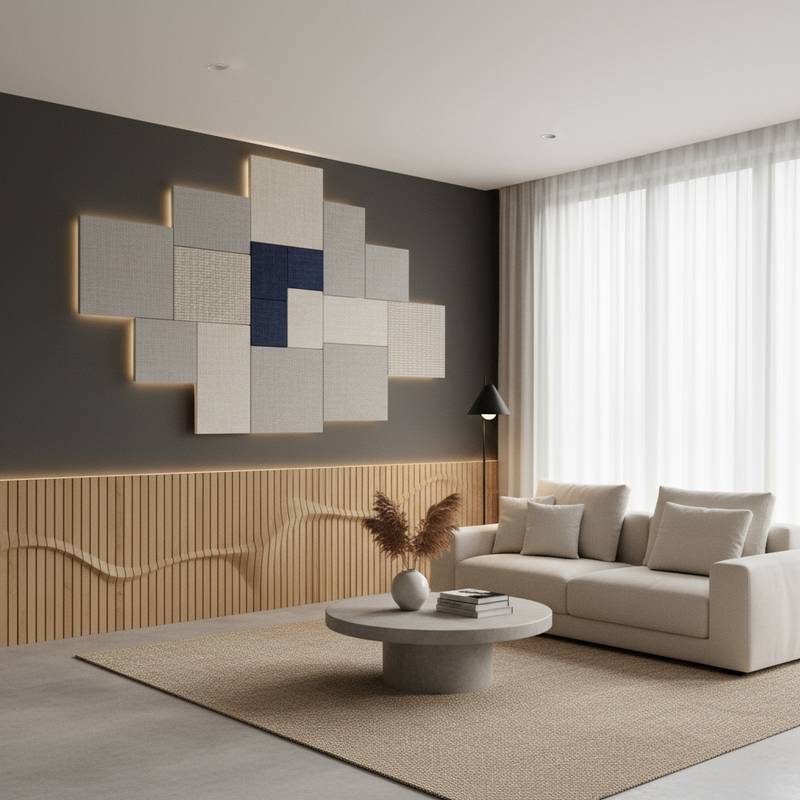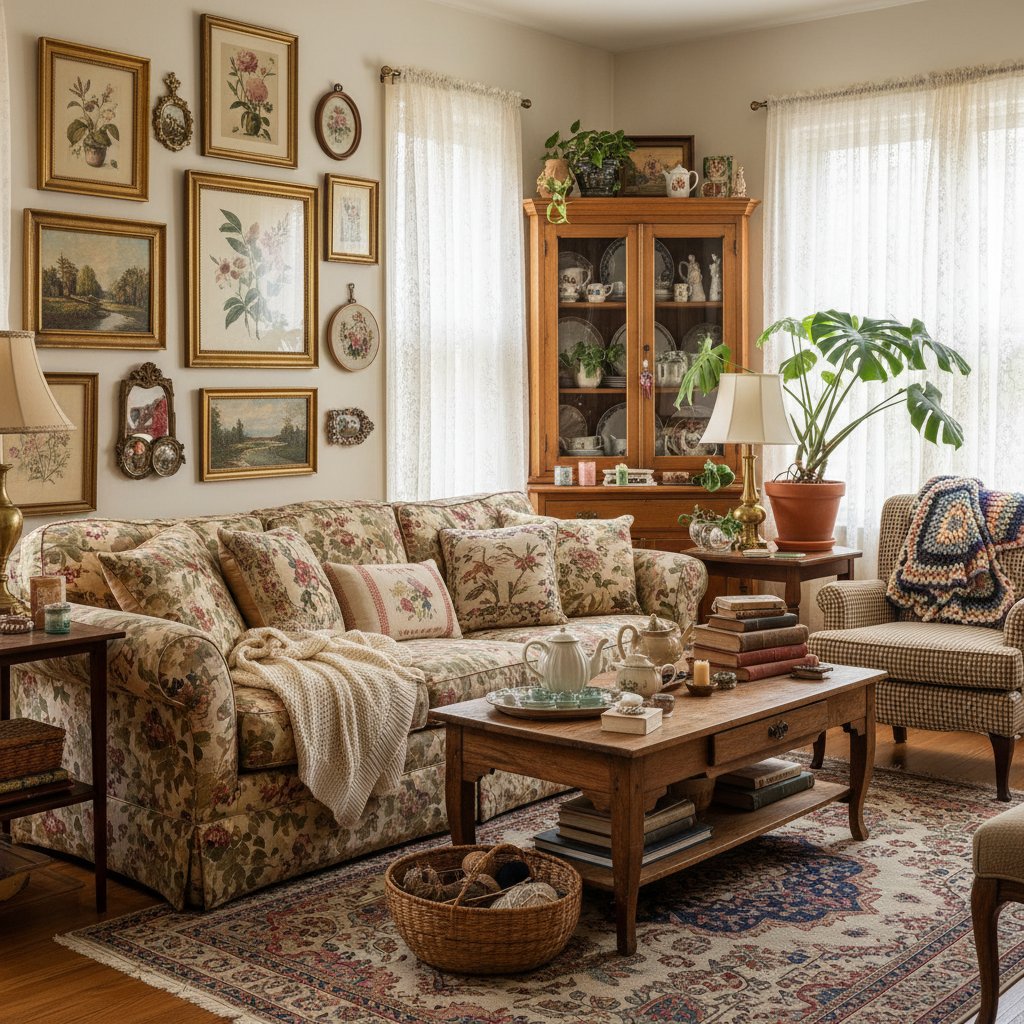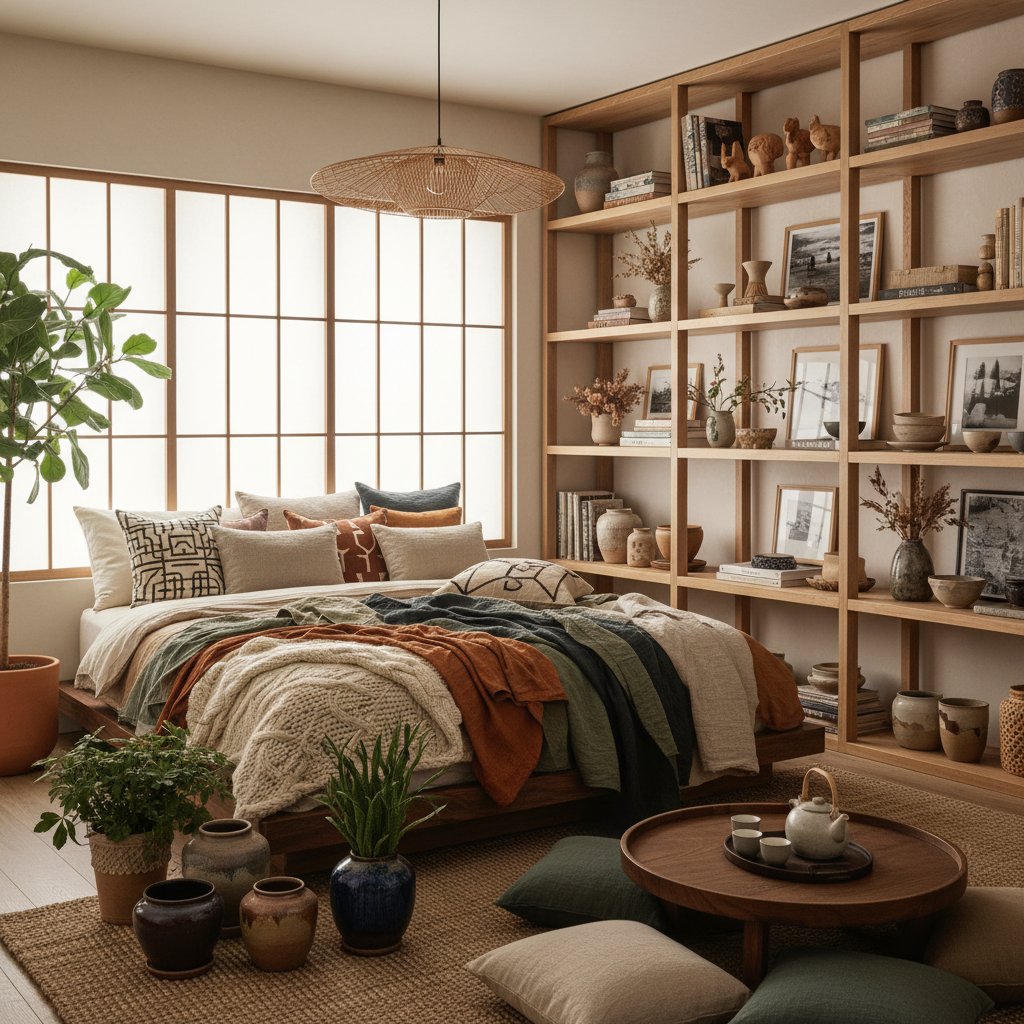Grounding Floors Connect Bedroom Rest to Earth's Energy
Elevate your bedroom into a haven of tranquility with grounding floors that bridge you to earth's enduring energy. Natural options like wood, cork, stone, and clay promote equilibrium, improve sleep, and cultivate presence. Uncover strategies for selecting floors and incorporating barefoot practices to amplify rest and vitality.



















